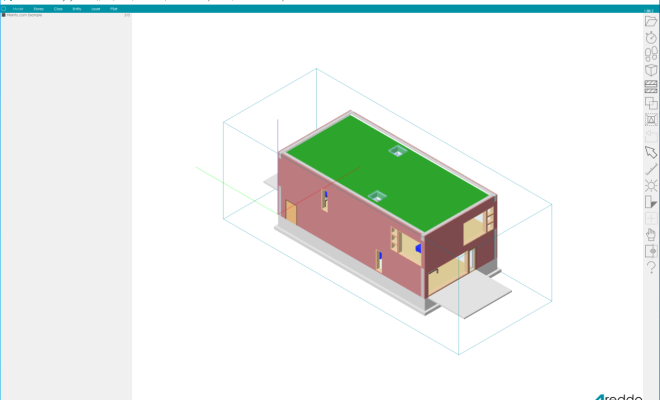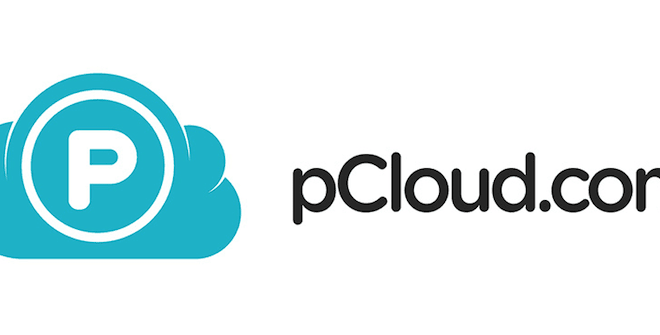What Is an IFC File?

An IFC (Industry Foundation Classes) file is a popular format used in the construction industry for exchanging BIM (Building Information Modeling) data between different software platforms. It is an open, neutral, and standardized file format for the exchange and sharing of digital information among various construction disciplines, such as architects, engineers, contractors, and owners.
The IFC format was introduced in the late 1990s and has since become a commonly used format for building design and construction professionals. The format is managed by buildingSMART International, an organization that develops and maintains openBIM standards.
IFC files contain a vast amount of data, including the geometry and spatial relationships between different building components. They are designed to be platform-independent, which means they can be used by various BIM software applications such as Revit, ArchiCAD, Tekla, and others.
One of the key benefits of the IFC format is that it enables interoperability between different software applications used by different teams working on the same project. This allows each team to work with their preferred software platform while still exchanging data seamlessly with other team members.
IFC files also facilitate collaboration among stakeholders, enabling them to make informed decisions about the design, construction, and operation of a building. With a shared understanding of the building data, all stakeholders can review and analyze the design, identify potential issues, and make informed decisions to ensure the project’s success.
In addition, IFC files can be used for project management, enabling stakeholders to track the building’s progress and make adjustments as necessary. This can save time, reduce errors, and improve overall project efficiency.
In conclusion, an IFC file is a versatile and widely used format for exchanging digital information among construction disciplines. It enables interoperability between different software applications, improves collaboration among stakeholders, and supports project management. The format’s popularity is expected to continue to grow as BIM adoption increases, and more stakeholders recognize the benefits of a shared, standardized information model.





